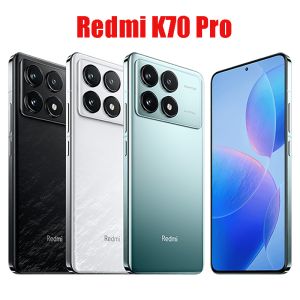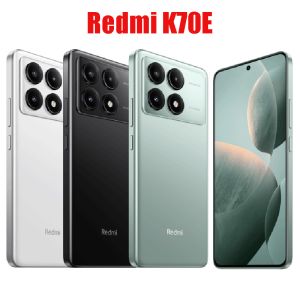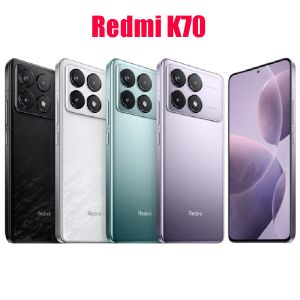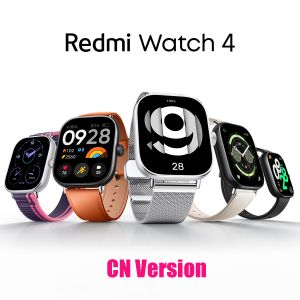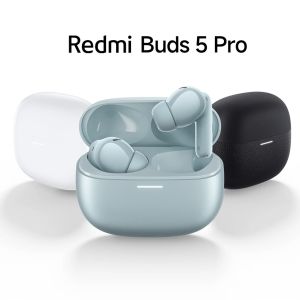For Redmi, the K series is both the ultimate price/performance ratio and upward exploration, and it's really hard to cover the price range anchored at the beginning with just the standard and Pro versions. At this juncture, Redmi launched the K40S at the same time as the K50 series, and formally finalised the definition of the K60E at the launch of the K60 series, unshackling the pricing shackles of the standard version, and allowing the series to really let go of the shackles and explore both upwards for a good experience, as well as downwards for a "tough move".
So, after another year of polishing, what kind of new experience will the more powerful Redmi K70E bring?
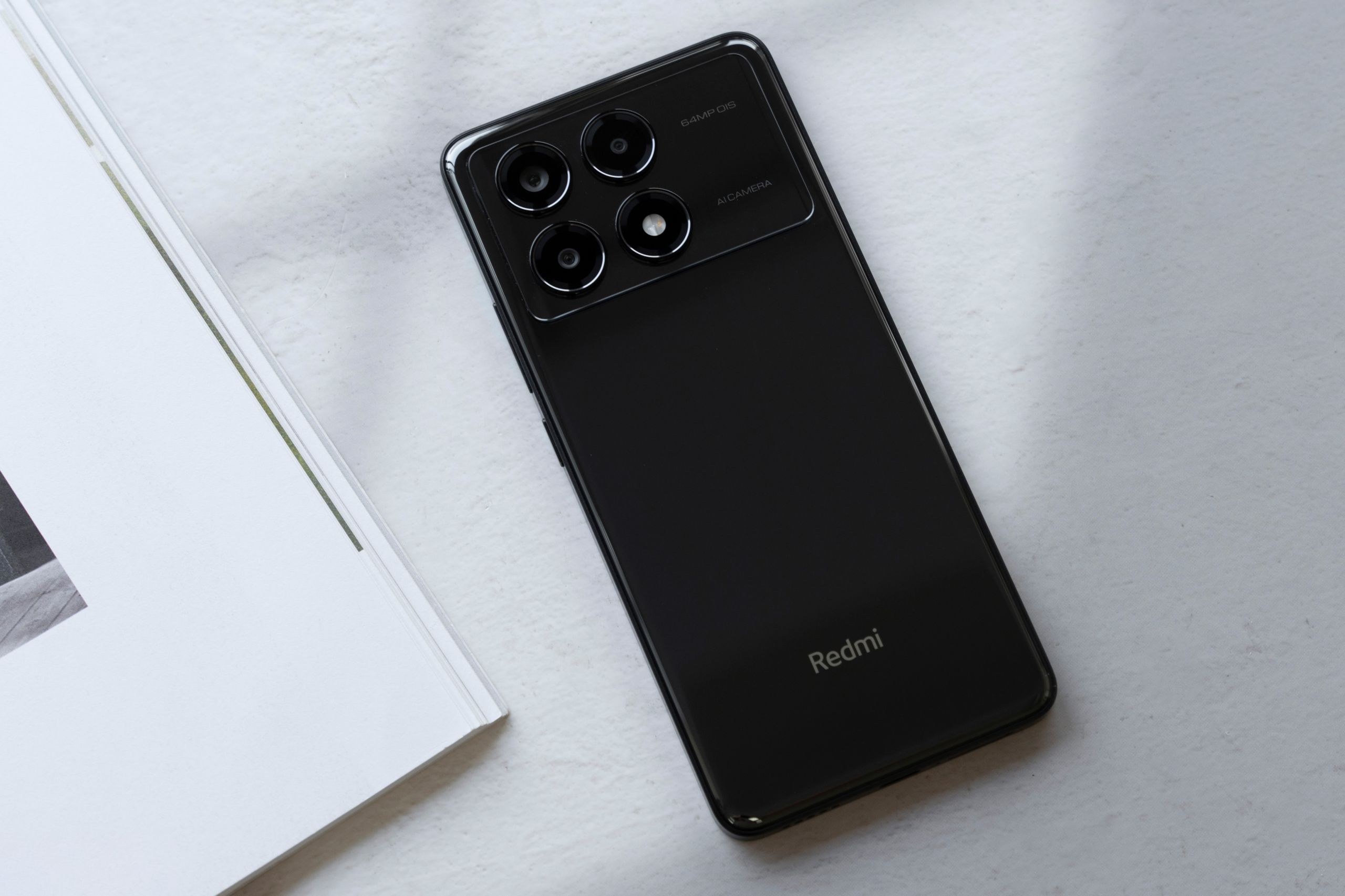
Family design, but lighter
The Redmi K70 series presents a more unified family design, and the K70E gets a more unified look and feel as a result. It's still a straight screen + straight edges + curved back cover design, but its back cover style is slightly different from its two big brothers. We received the Ink Feather colour version, which shows a black colour that's just pure black, with no texture under the back cover, making it look a bit more minimalist in comparison.
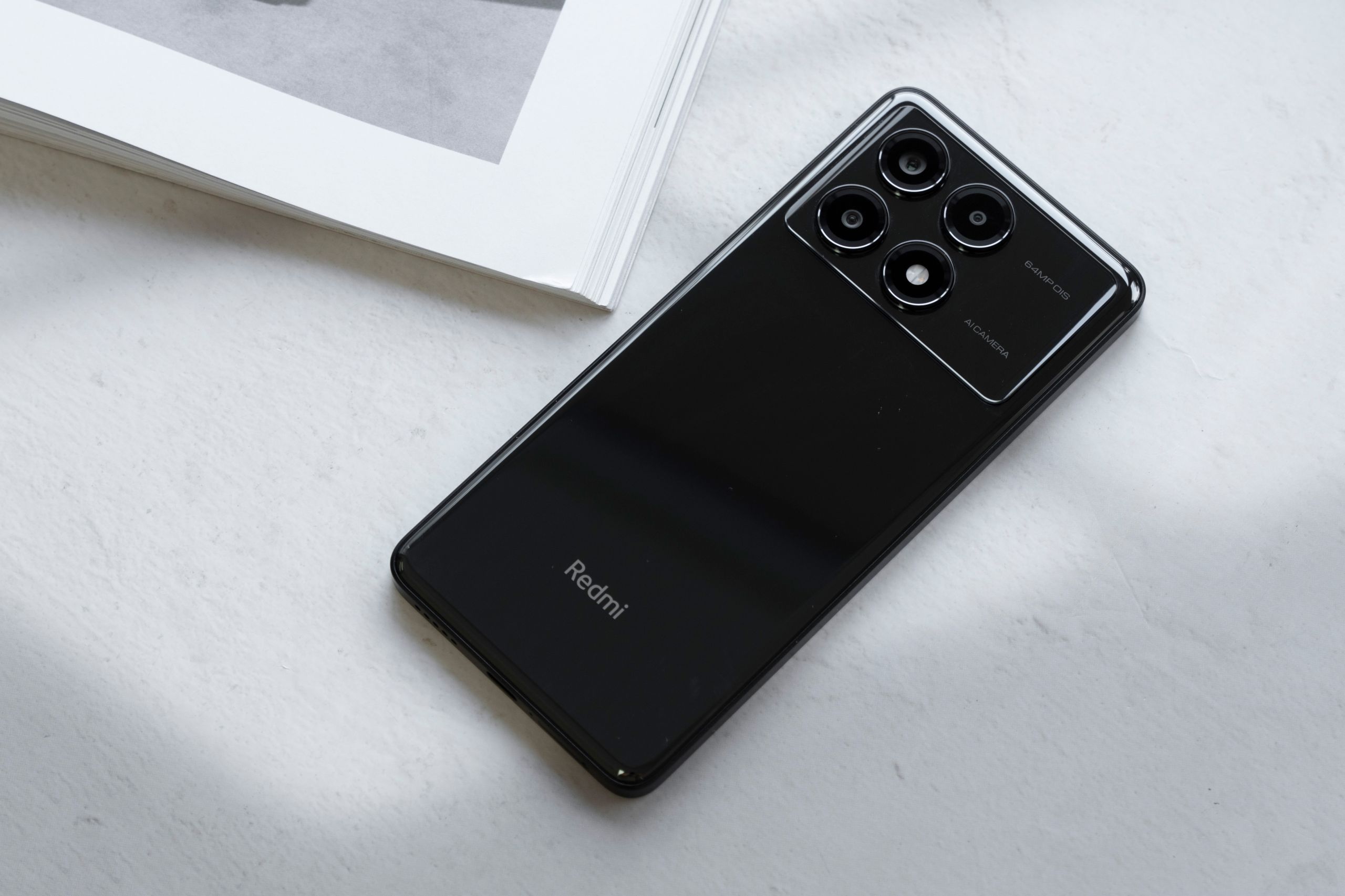
Redmi K70E in the part of the image module is even deep family heritage, the same rectangular transparent decorative surface, the same square arrangement of the four holes, and even similar body lines, if you put on the phone case only reveals the module, do not look at the right side of the logo, I guess everyone is not too good to distinguish its specific model at a glance.
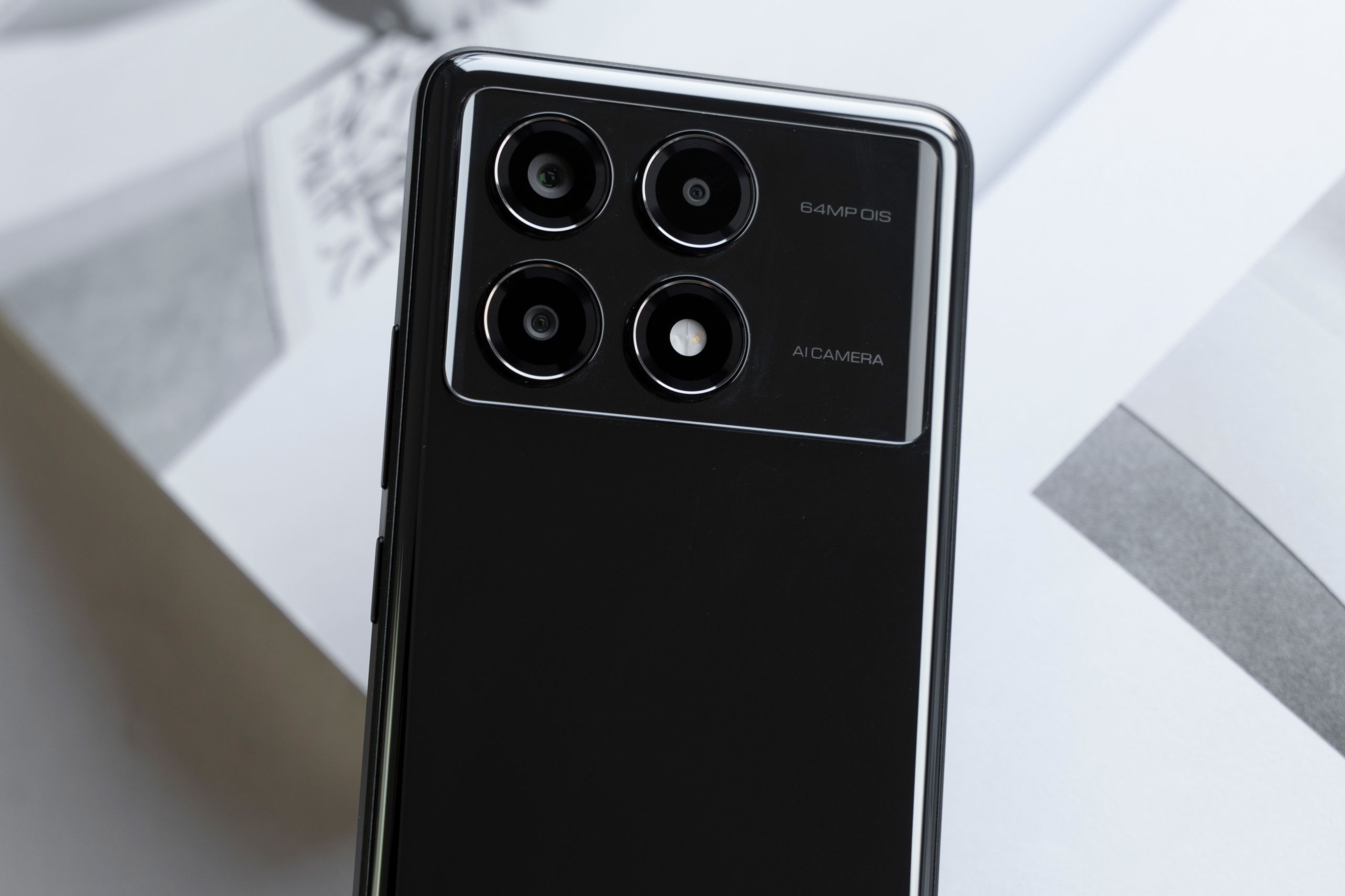
Of course, even with the family style, the Redmi K70E is the "E" version after all, and its centre frame is made of plastic instead of metal. Straight edges and a more detailed polish make it feel pretty good in the hand, which can reduce the cheap feeling of the material to a certain extent.
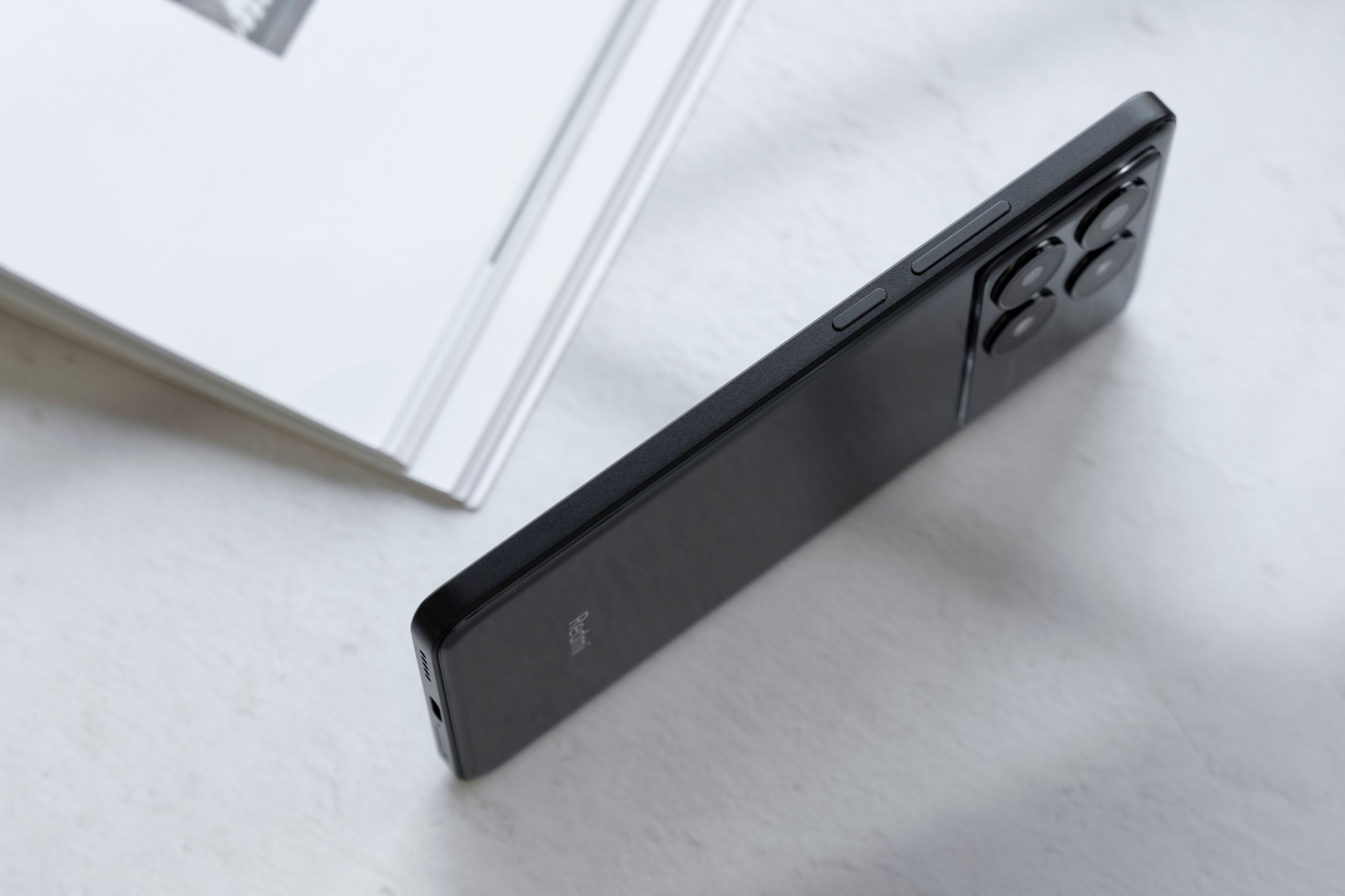
Powerful configuration is its strong point
The Redmi K70E is confident in its performance this time around. Before the release, we learned that Redmi this time with MediaTek in-depth cooperation, joint planning and customisation of the new Dimensity 8300 Ultra mobile chip.
The chip has an octa-core CPU with 4 A715 cores + 4 A510 cores and a maximum frequency of 3.35GHz, which is a very high frequency and lays a solid foundation for its theoretical performance. It's paired with LPDDR5X RAM and UFS 4.0 flash memory, which sets the stage for the chip to be unleashed.
We've also tested its theoretical performance using scoring software, and we can see that it's capable of scoring 1.43 million points in AnTuTu, which is only slightly less than the performance of the second-generation Snapdragon 8, but it's pretty close.
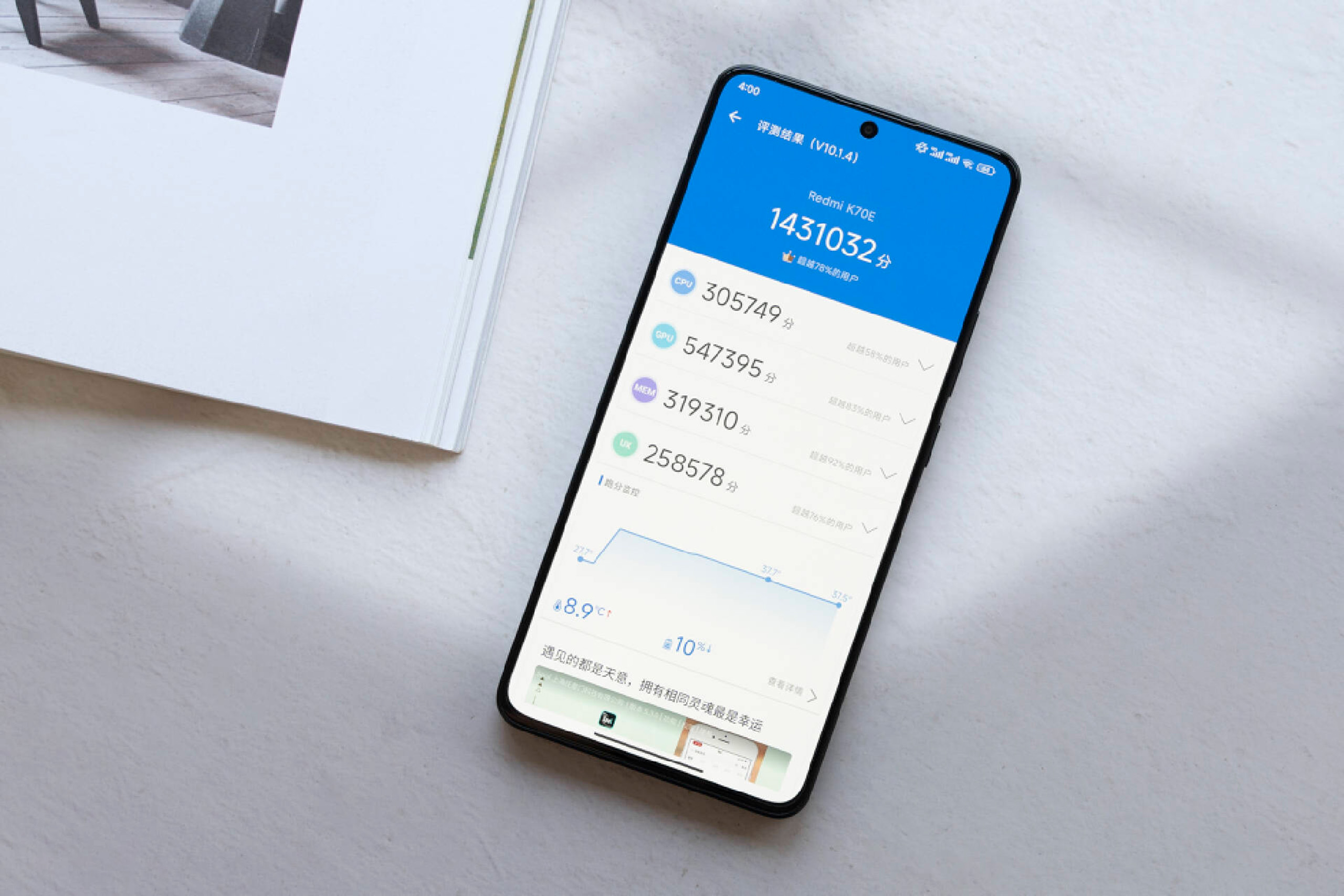
As for real-world performance, we also used the Redmi K70E with flagship-level specs for an intense run through of ProtoGods Sumeru City. As you can see, the Redmi K70E managed to stay close to the 60 fps limit in the first ten minutes, but started to fluctuate a bit in the second twenty minutes, and the overall fluctuation was fairly stable without dropping any further, with the final average frame rate coming in at 55.3 fps.
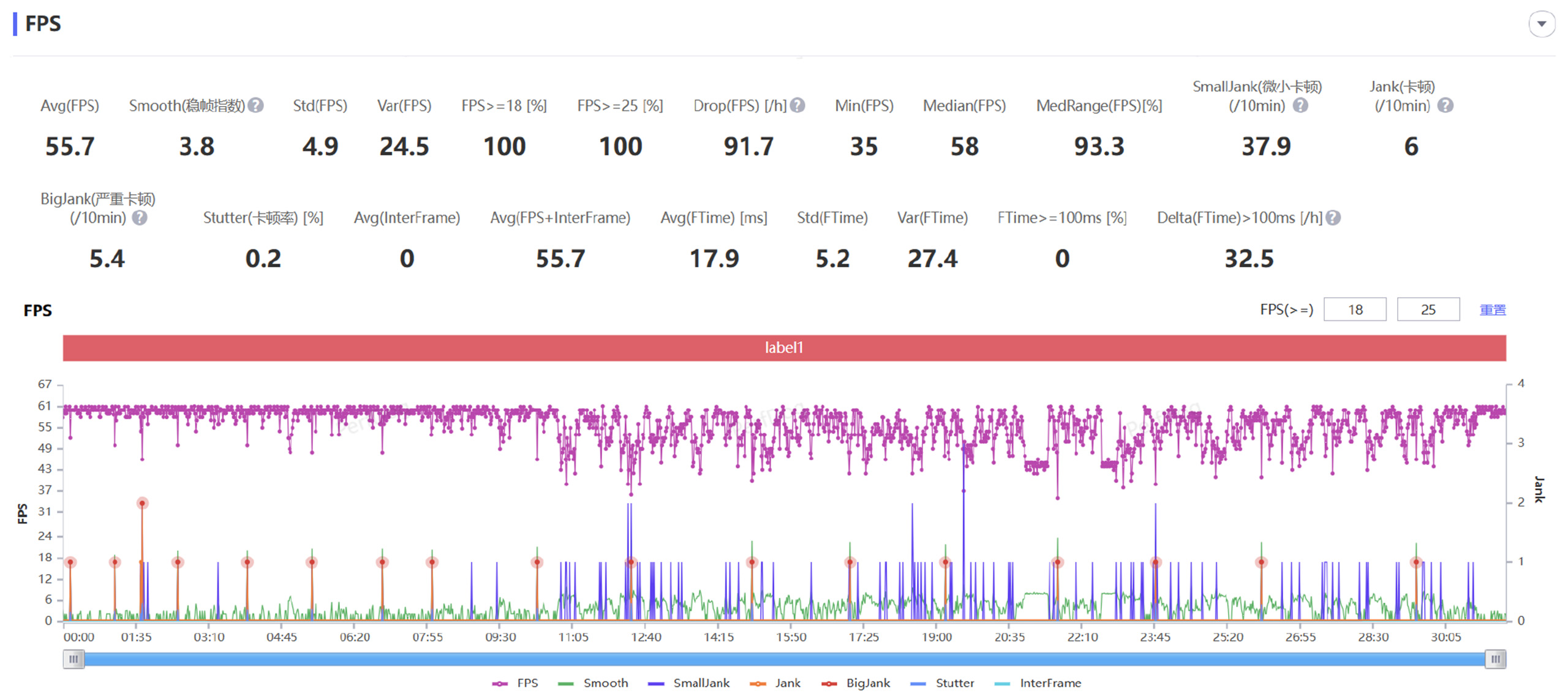
This isn't particularly impressive, but considering the actual gaming scenarios and its pricing, we can still consider the Redmi K70E to be a pretty good gaming performer. After all, it's just the entry-level model in the series, with the Standard and Pro versions up there.
The base version's video, a solid performer
The Redmi K70E's image configuration is of course a relatively conventional level, it has a rear triple camera, consisting of a wide-angle main camera + ultra wide-angle + macro camera, the main camera is the 64-megapixel OV64B, the ultra wide-angle is 8-megapixel, and the macro is 2-megapixel, which are all old friends.
The Redmi K70E's performance is also more familiar to everyone, more lively and distinctive hair colour, the performance of the image quality is also moderate, is considered to be the regular level of the price range of 2K or so, there is no big surprise, but also will not let people accidentally turn over the car.
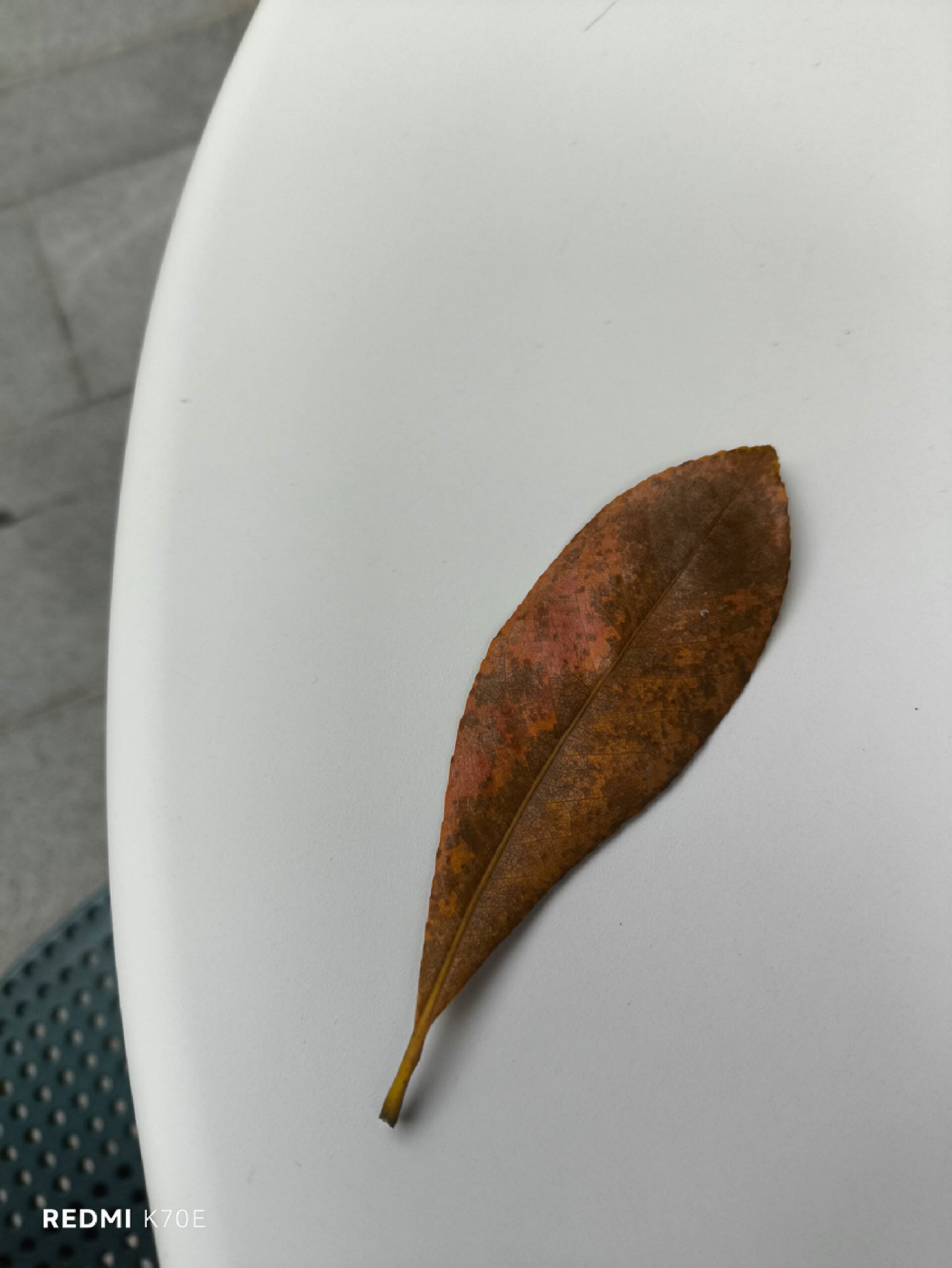
The K70E's main camera is a great example of how the K70E can be used in the daytime," he said.
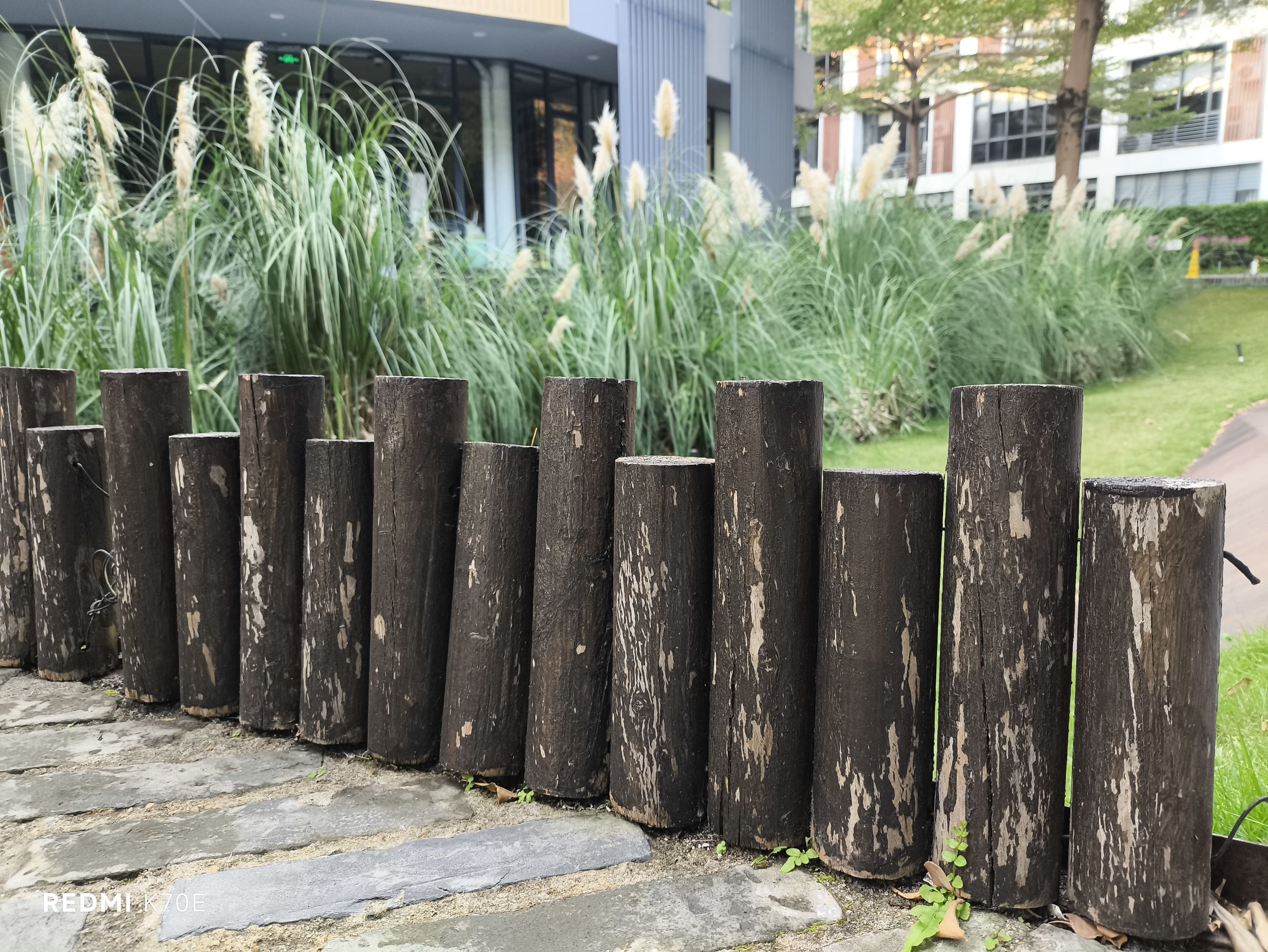
The Redmi K70E's main camera in daytime is a good example of how the K70E can be used in the field.
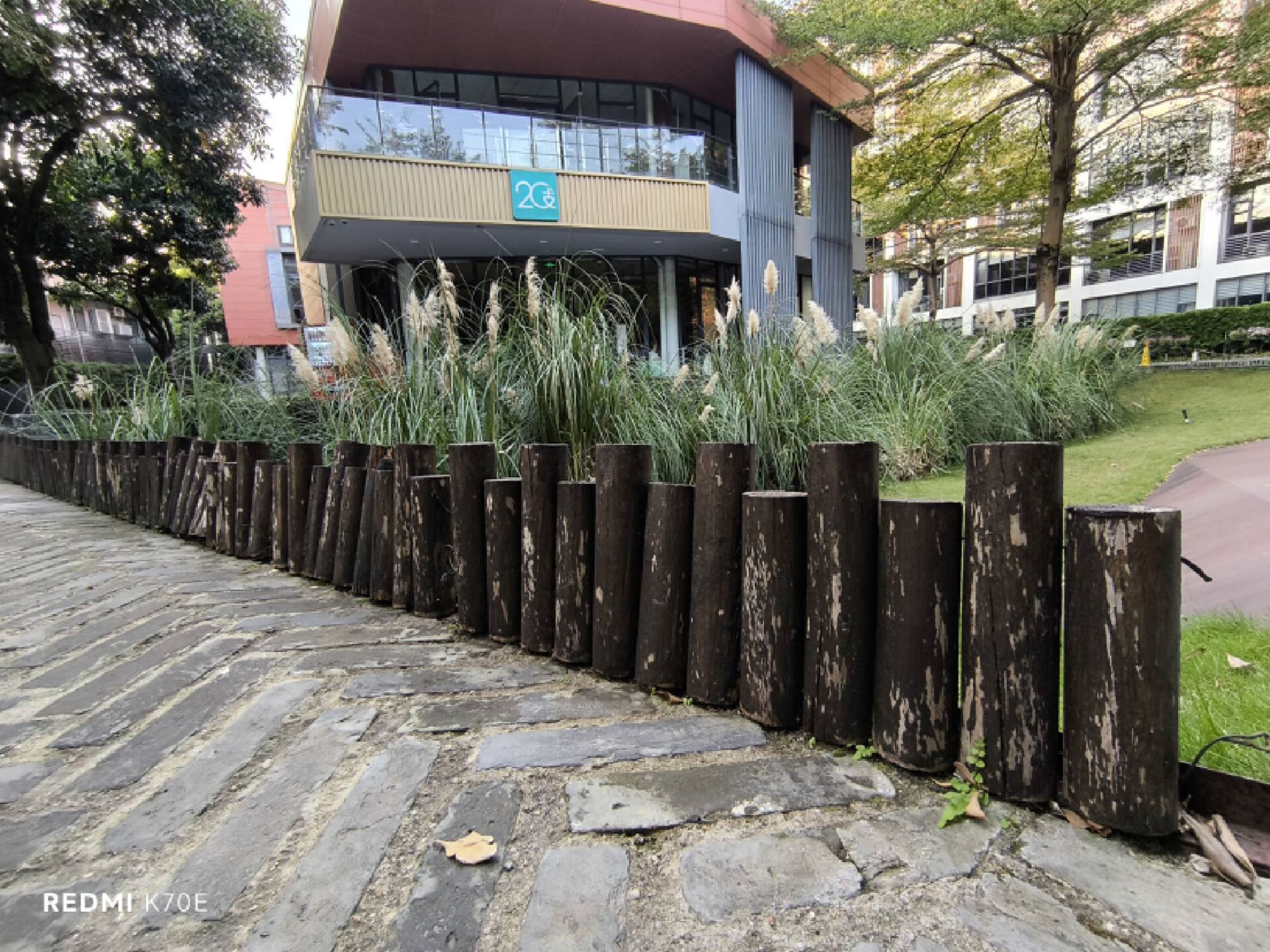
▲Redmi K70E Ultra Wide Angle Daytime Samples
In the night scene performance is also the same, the overall style of presentation or the past few years we are familiar with the multi-frame composite style, although the night feeling is not as prominent as Xiaomi brand, but in the overall image quality is relatively good, the bright style under the lights of the colours will be relatively light, in other words, more have a digital taste, but for the Redmi K70E, it's the same as the other two. The Redmi K70E is a good choice for the most demanding of applications, but it's not the only one.
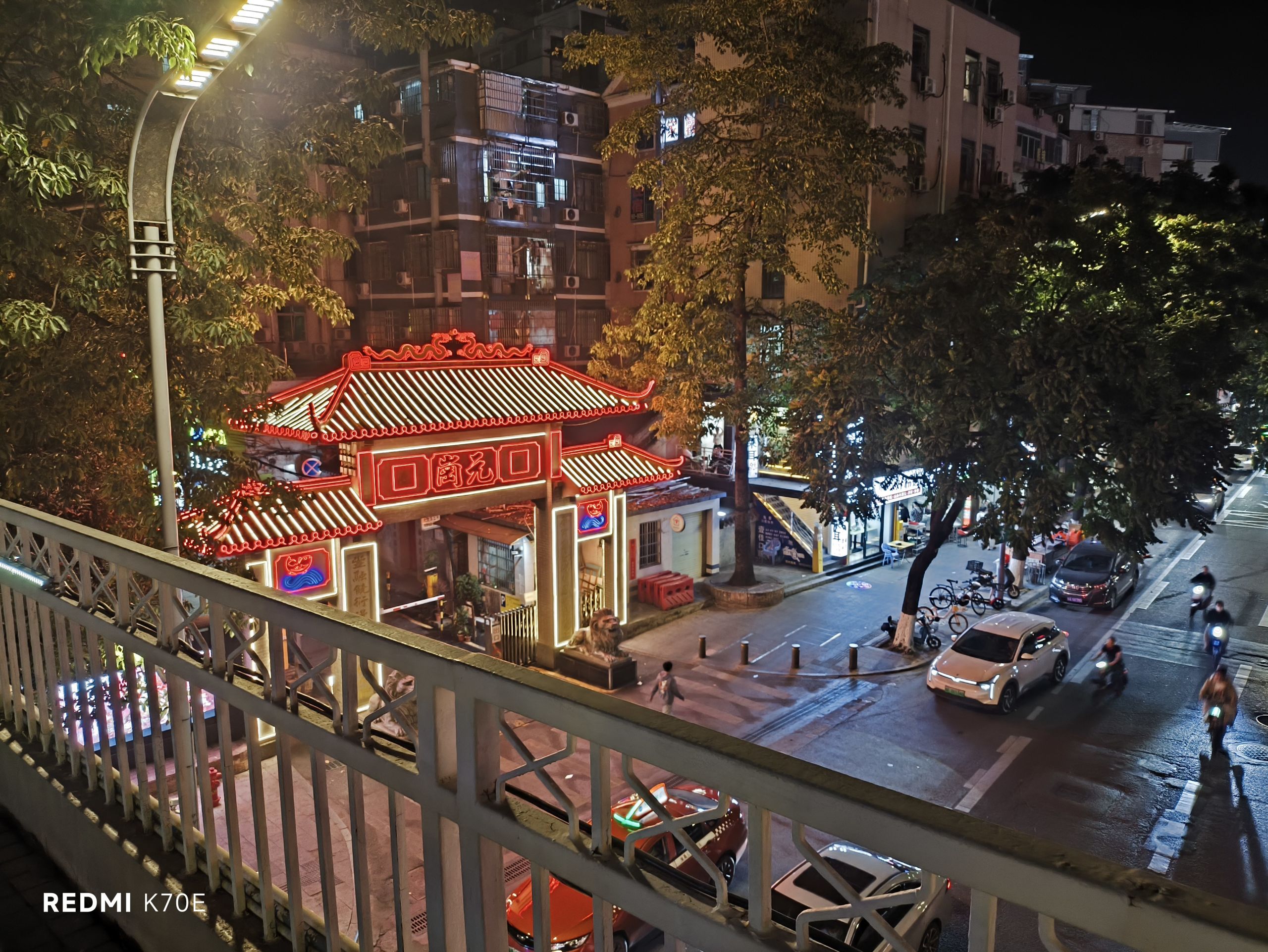
The Redmi K70E's night and day samples are also a good example of how the K70E can be used in a digital environment.
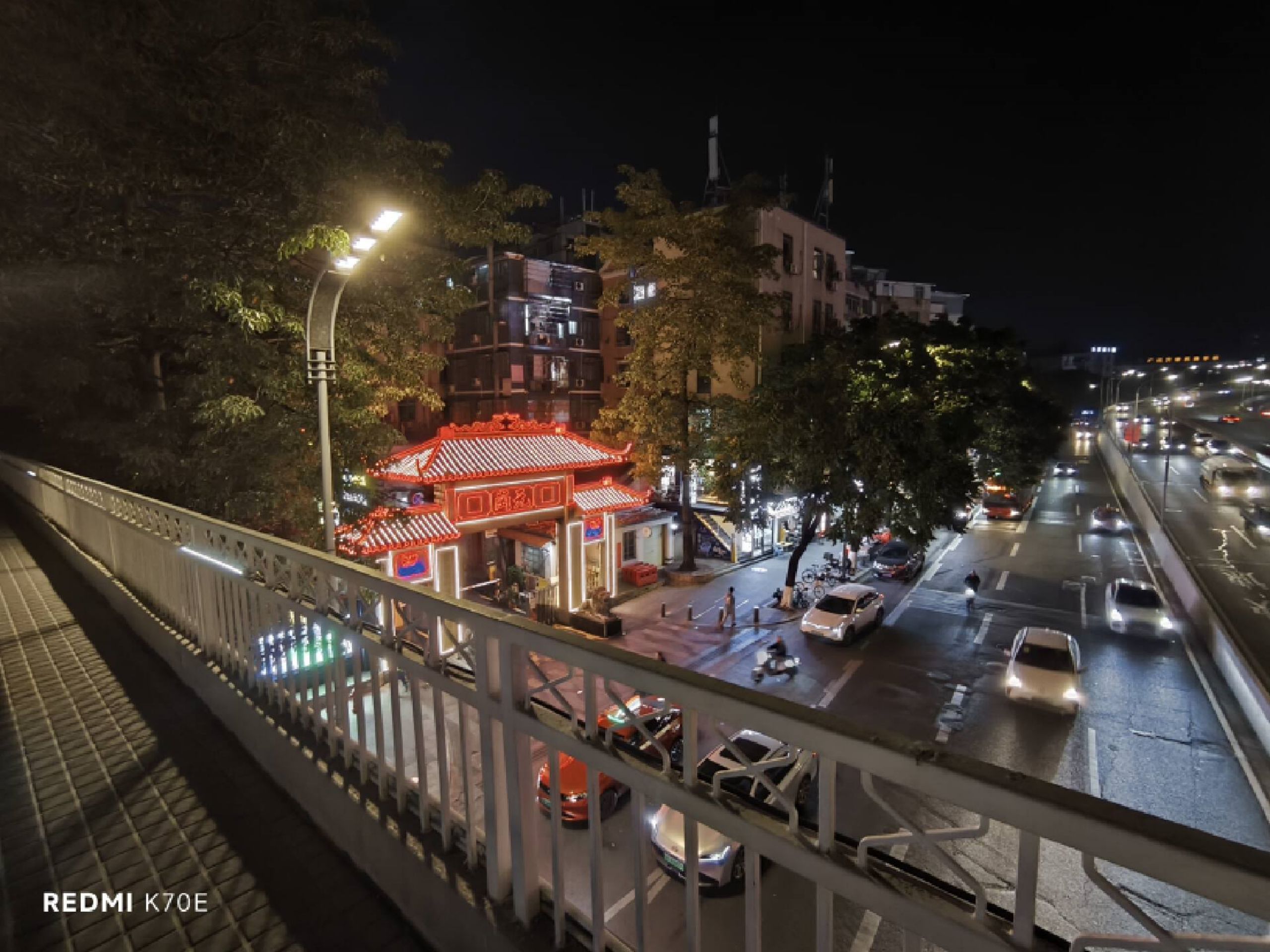
The Redmi K70E's night scene is a great example of how the K70E can be used in a wide-angle environment.
Despite the camera app's traditional watermark design, the Redmi K70E has a good selection of custom frames that add some post-production interest to photos. However, it seems that the model we have is still in beta, so if you shoot in HEIF format, the album won't recognise it as a photo taken with the phone, and you won't be able to add custom frames, which is something we hope to be able to fix later on OTA.
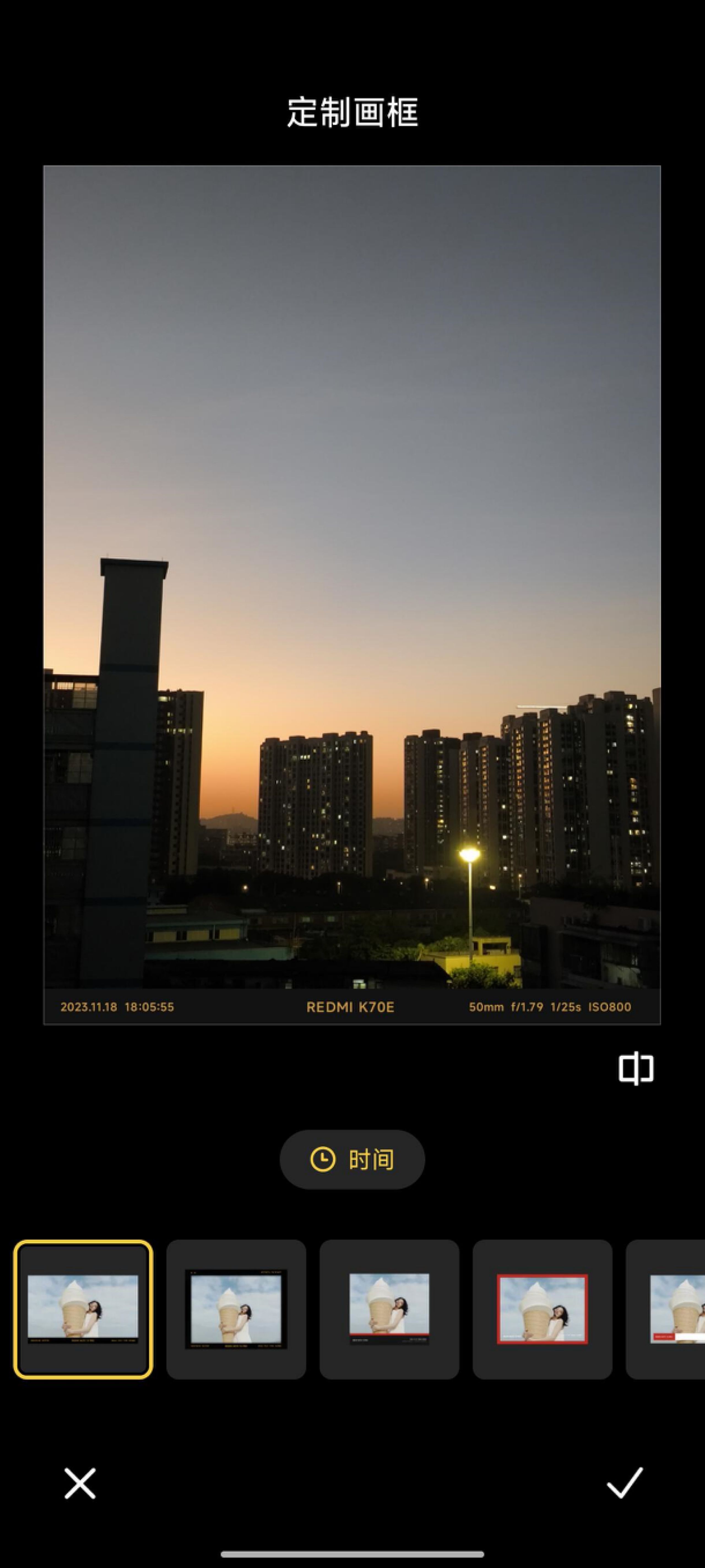
Some other features and summary
The overall configuration of the Redmi K70E is still quite good, the screen is a 6.7-inch 1220P screen, although not as good as the 2K resolution of the previous generation, but the overall specification is still higher than 1080P, and there is also a 1920Hz PWM high-frequency dimming.
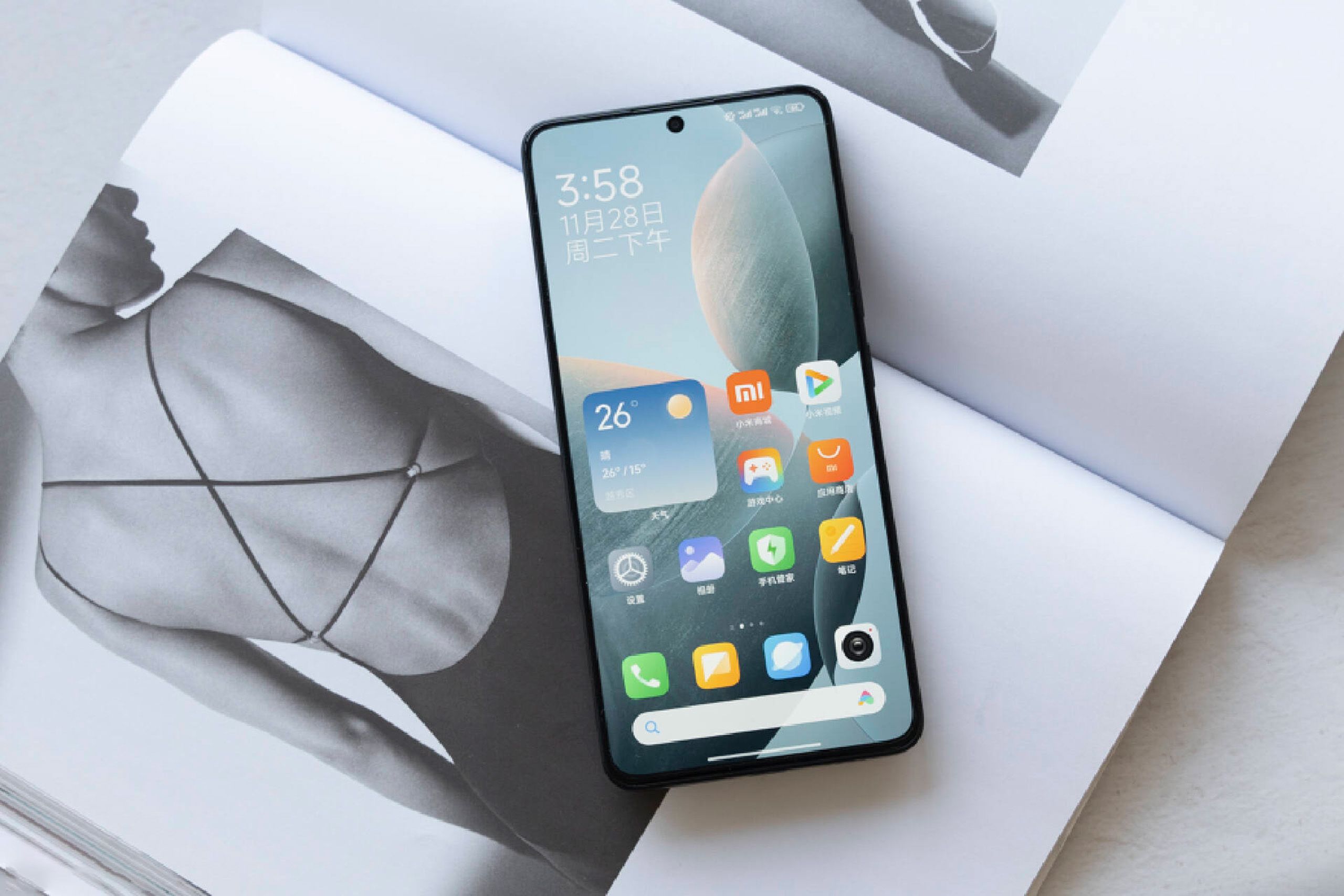
As for the battery configuration, the previous generation's large 5500mAh battery has been inherited by the Redmi K70E, and the fast charging has been smoothly upgraded to 90W, so the overall endurance is also still relatively reassuring, after all, the energy-efficiency performance of the Tengui 8300 is actually quite good.
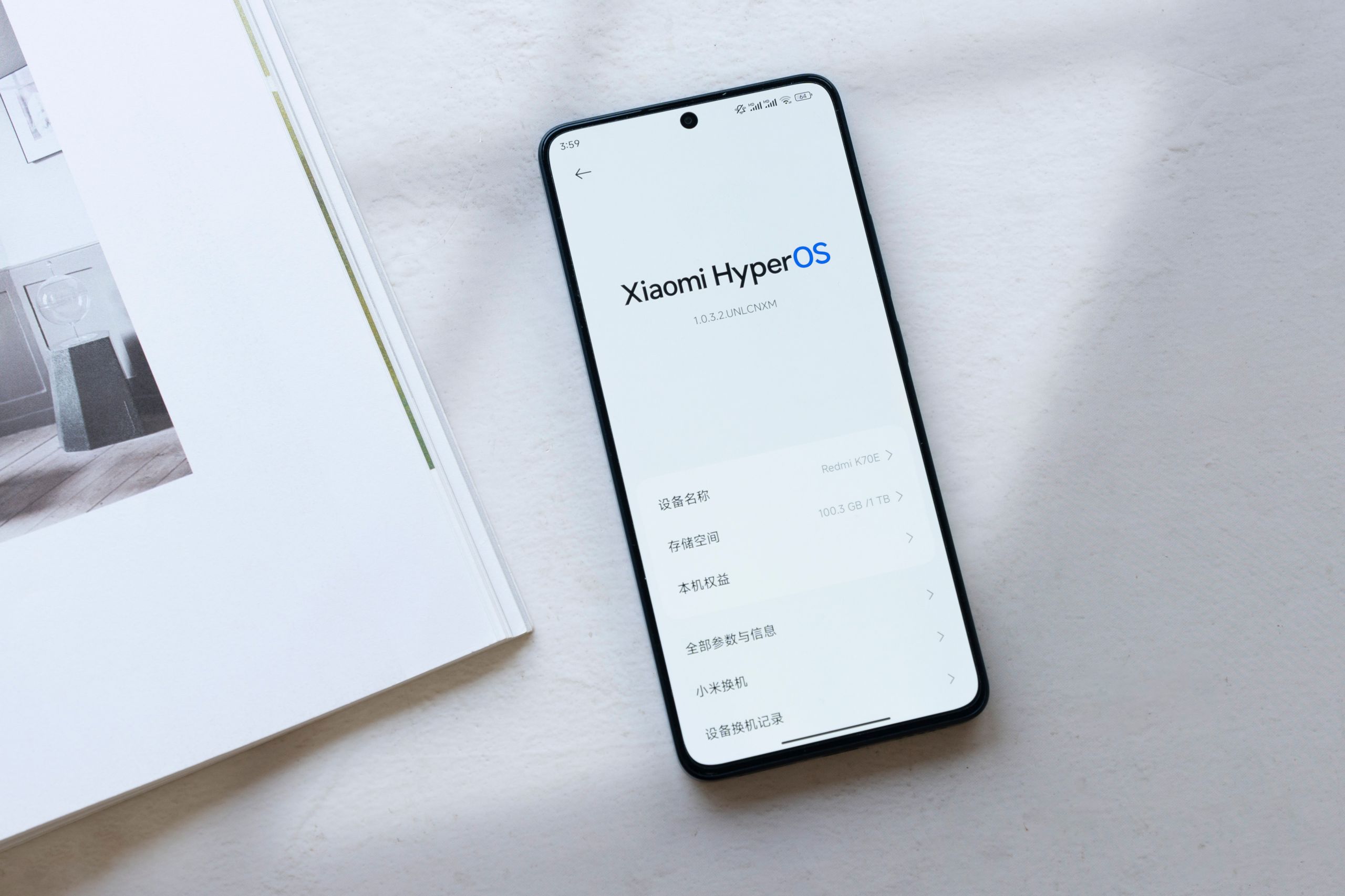
Let's revisit the word "key" that we talked about at the beginning.
For Redmi itself, the "E" version of the K series is a key to open a new road, the K70E can focus more on the "price" of the ultimate price-performance ratio, powerful performance with a good combination of configuration, which makes it currently in the same price range is really hard to find! The key can unlock the door, but also can be used to open the door. The key can open and close the lock, with the Mediatek Dimensity 8300 Ultra as a first-mover advantage, can the Redmi K70E really lock the door of the 2K price point, and be a good gatekeeper for the new year's competition? We'll see.

